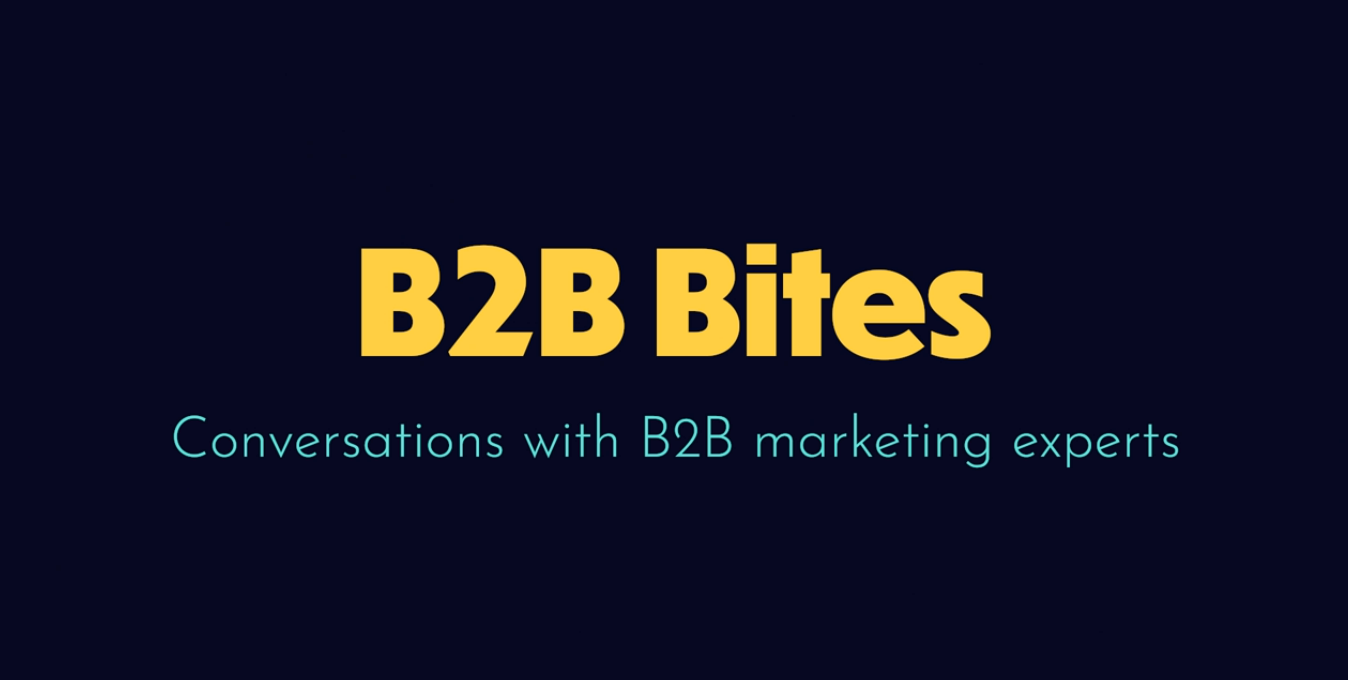If you’re using a “mixed bag” approach to marketing, and supplementing inbound marketing efforts with the marketing tactics of old, we’ve got one word for you: stop. Outdated marketing ploys, like bloating your content with keywords and reaching out through purchased mailing lists, don’t just no longer work, they’re actually holding your business back.
Your audience doesn’t want to see content with keyword fluffing in every line of text, or receive spam emails from Mystery Company A. Quality content and organic growth are more important now than ever before. Even Google has recently made the distinction between high quality and sub-par content; it’s new SEO algorithms detect poor keyword practices, and penalizes those pages with lower ranking.
As online marketing and organic search tools develop, it’s becoming more clear by the minute where the future of marketing is heading. In this blog, we outline five of the most common, outdated tactics that are only holding your business back as the state of marketing evolves.
1. Pestering people on social media
Back when companies began jumping on the social media bandwagon, shooting out as many updates as possible and unabashed promotion were commonplace. However, these activities aren’t what engage users and bring in leads; in fact, they do quite the opposite. Too frequent social posts, automated cross-posting and purely promotional content cost your business credibility, and will actually cause users to unsubscribe to your updates, or worse, unfollow you altogether.
The best content on LinkedIn, Facebook, Google+ and Twitter provides true value to users, whether it’s meant to inform or entertain. Create and format content for the social platforms you use, and bear in mind the strengths and weaknesses of each. Tell stories with your social media posts, and give users real reason to click-through to your site.
2. Fattening content with keywords (and other poor SEO tactics)
There was once a time where loading pages with keywords and search terms relevant to your industry could help push users to your site. With Google’s new search and ranking algorithms, however, this is no longer the case. Google will actually rank your site worse if you practice keyword bulking, as it’s seen as sleazy marketing that doesn’t provide users with the high quality, purposeful content they’re looking for.
Of course, you should use relevant keywords in your pages and content that people will search for, but don’t plug “Keyword X” into every sentence on your page for the sake of visibility.
In the same vein, don’t create dozens of site pages about the same subject or offer to gain search prominence. Like keyword fattening, this tactic will lower your SEO ranking and funnel users to your competitors instead.
3. Using outdated sales practices that drain resources
Put down the phone. Cold calling, along with hard mail and other outdated sales techniques, no longer provide enough return to make them worthwhile from a marketing standpoint. Not only are these techniques ineffective compared to organic, interest-based inbound marketing, they consume swaths of time and resources that could be better spent elsewhere.
Time your sales staff spends cold calling uninterested parties could instead be used to train those personnel in inbound and other higher-return marketing practices. It may be tough to give up old habits like these completely, but you’re only holding your company and potential for leads back by keeping them.
4. Spamming users from mailing lists
Just like cold calling tactics, mailing lists have become a blemish on marketing’s past. There’s no surer way to erode your credibility than sending spam mail, and a spammer is what you’ll become by purchasing a mailing list and shooting content out into the dark.
Inbound marketing strategies, with content offers and powerful calls-to-action, allow you to build email lists organically. Users in this case give you their email address and contact information. Inbound email lists are filled with qualified users who want to learn more about your business or industry; while you’ll have a smaller email list to distribute to, the users it consists of will be aligned with your services, or even ready to talk sales.
Marketing is changing, and they way you approach and practice marketing should change with it. What were once standard marketing tactics have fallen out of style in favor of more intuitive and user-driven strategies. Cut the old ways out of your marketing plan, and instead focus on generating leads in a way that puts quality and connection first.









